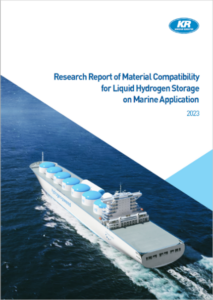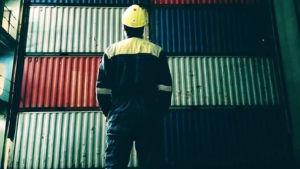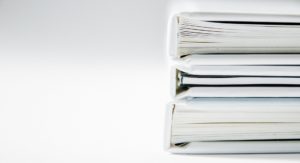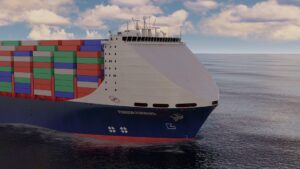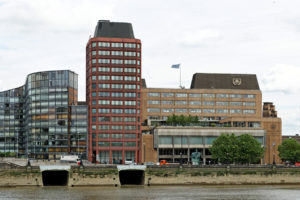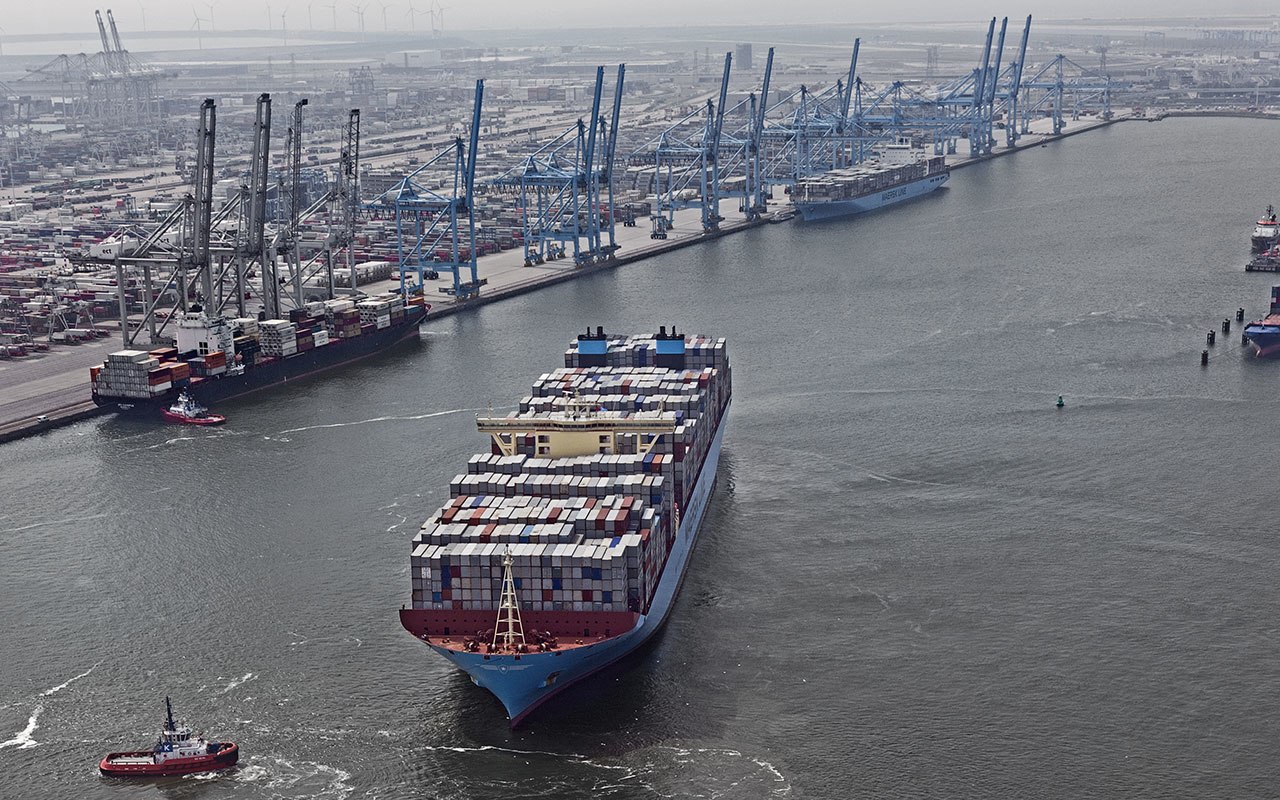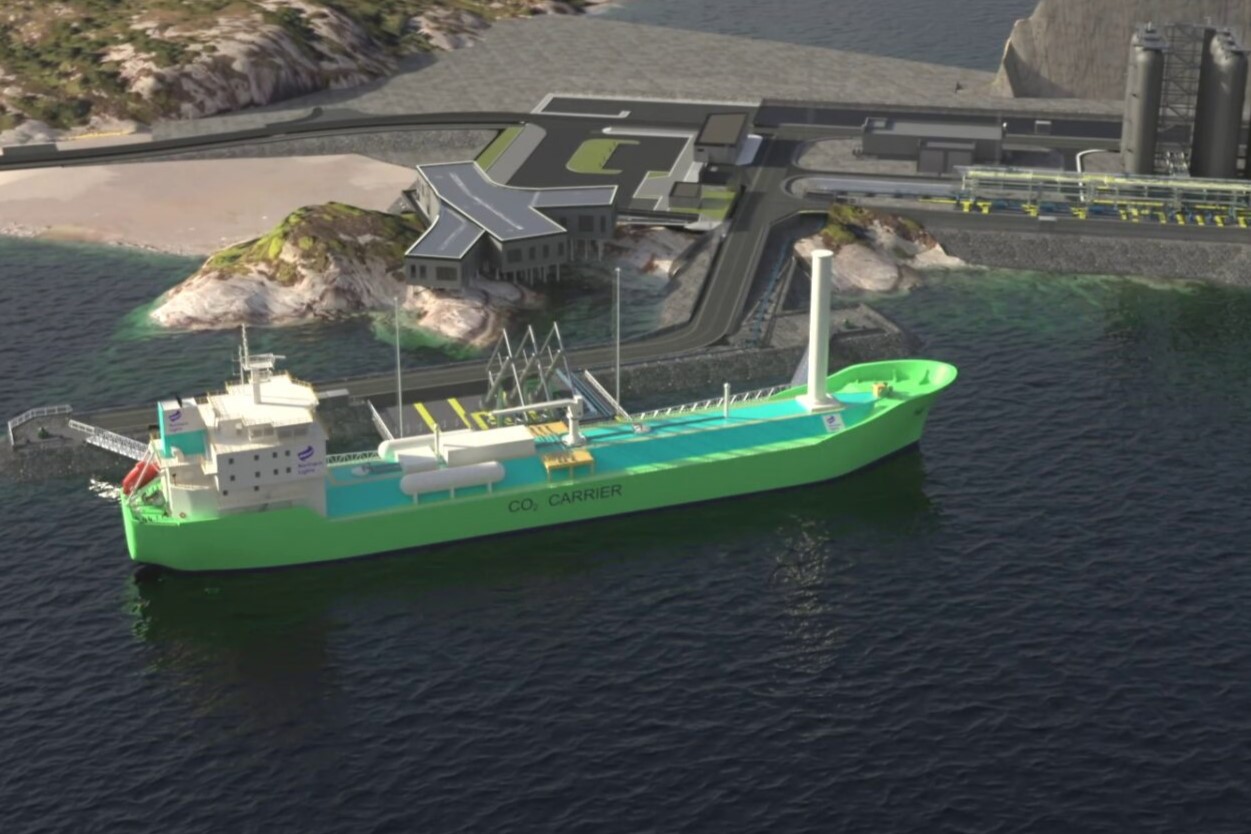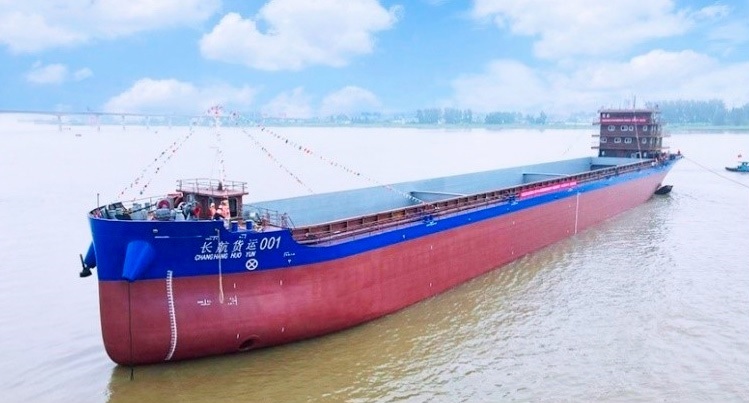The European regulation train bringing an emission trading scheme to shippng has just left one of its last stations and is gathering speed
The European bloc really does refer to its legislative process like a train journey, where a train with many different carriages (the bits of the rule proposals that can be changed) goes through different stations (the process of the EU) before reaching its final destination.
On June 22nd the European Parliament finally voted an approved the latest changes to the bloc’s emission trading scheme. Shipping is in, and free allowanced are out (eventually). But there is more to it than that of course. The Parliament’s vote is for changes to other directives as well, namely a rule creating a carbon border adjustment mechanism, and a social fund, one that will see cash raised used for good, including funds equivalent to those brought in by the carbon border mechanism to be used in least developed countries and small island states.
The European legal train is not over yet though, as the amended texts have to go to the European Council of Ministers ahead of the tripartite talks. These are the almost secretive talks that the Parliament spokesperson has with representatives from the European Commission and the European Council. It is the Council of Ministers, which groups such as Transport and Environment are wary of, as this could be where national whims come to play and derail the votes.
Transport and Environment were naturally delighted about the vote, calling it historic, but emphasising the need for national governments to adopt an equally ambitious position in the European Council later this month.
Notwithstanding this last stage in the European rule making process, the changes for the ETS mean that shipping is now about to enter into it. Vessels of 400 GT are included, and it is not just CO2, but methane emissions and NOx that need to be accounted for.
Vessel owners and operators who will be responsible for reporting, need to send verified data on relevant voyages every year, and then either trade (buy and sell at market prices) allowances on the trading scheme, or deposit relevant amounts into the fund if they choose.
The reporting will be on voyages in European waters (between European ports) and for 50% of voyages to and from an EU port and the non-EU port.
There are provisions to ensure operators do not bend the rules and drop off cargos at non-EU ports close to the EU and then only the final transhipment part of the voyage us accounted for.
Compromise
Members of the European Parliament had a heated debate in the run up to the vote, with some members calling for a postponement of the vote, particularly with energy prices escalating around Europe, which has led to the postponement of a move away from coal fired power stations.
On the other side of the coin some greener MEPS said the ETS revision does not go far enough, saying it is “fit for 55, but not fit for 1.5”
In the end the votes for an expanded ETS won.
European carbon levy on imported goods
MEPS have voted to create a levy on goods manufactured outside the European Union. This carbon border adjustment mechanism would be implemented from January 1st 2023, with a transitional period to 2026, and fully implemented by 2032.
The European Parliament has said that by 2032, the carbon border adjustment mechanism should cover power and energy-intensive industrial sectors, which represent 94% of the EU’s industrial emissions and still receive substantial free allocations, according to MEPs. These free allowances should be phased out by 2032 when the mechanism should fully cover the protected industries.
The latest proposals call for this to be expanded to include hydrogen and ammonia, two fuels/chemicals which are largely manufactured using hydrocarbons today, but the EU hopes will be made using renewable electricity in the future.
From the Parliament press notice about CBAM:
“The CBAM would apply from 1 January 2023 with a transitional period until the end of 2026 and Parliament believes it must be fully implemented for the above listed sectors of the EU Emissions Trading System (ETS) by 2032 – three years earlier than proposed by the Commission. Until 2032, exporters should receive free allocations – 100% in the period 2023-2026, 93% in 2027, 84% in 2028, 69% in 2029, 50% in 2030 and 25% in 2031”
“To avoid double protection, any free allowances granted to EU industries in the ETS, to address the risk of carbon leakage in the absence of fair competition, should be fully phased out by 2032 when CBAM kicks in fully for the protected industries. There will also be a mechanism adjustment mechanism for EU goods which are exported outside the EU to countries without a carbon pricing mechanism.”
Free allowances – how the ETS works and how it could work in the future.
The June 22nd Parliament vote, while being part of the Fit for 55 packages, is also for the fourth revision phase of the European emissions trading scheme.
The ETS works on the cap-and-trade principle. It sets an absolute limit (the cap) on the volume of emissions that can be emitted each year by those entities covered under the ETS. This cap is then lowered.
Entities (now to include shipping but mostly larger emitters such as coal-fired power station, cement, and steel works etc) are allowances which represent the total of their cap. If at the end of the year their emissions are lower than their cap, they will have allowances they can trade, but if the exceed their cap then they need to buy allowances to meet their cap. Allowances will be bought on the trading mechanism, and bought from the companies with excess allowances to sell. At the end of the year, they surrender their allowances, but can save them to cover future needs if they have excess and opt not to sell them to entities that have a need to purchase them to meet their emissions. This market trading is the price of CO2.
Thus, emissions reductions are made where it is cheapest to do so. Since 2019 the ETS has had a market stability reserve which removes surplus allowances thus stabilising the price of carbon
To reach the increased emissions target set within the Fit for 55 package, free allowances will be slowly reduced and finally removed from the market.
When the ETS began in 2005 most allowances were free, so there was a low carbon price, the introduction of the third phase of the ETS (2013) saw more auctioning to gain allowances, and under this fourth phase of the ETS the free allowances will be removed by 2032
The Social Climate Fund
The idea of a social climate fund came as the European Commission proposed a second ETS when road transport and buildings would also become subject to emission reductions. Thus, the proposal for a social climate fund which could be used for direct income support measures, investment in renovations, renewable technologies, and other energy saving/emission reduction schemes around Europe.
For shipping companies this social climate fund would also become a fund for investment in decarbonisation projects within the blocs shipping industry. Shipowners will be trading on the main ETS but will have the option to pay into the Fund depending on their verified emission levels.

























